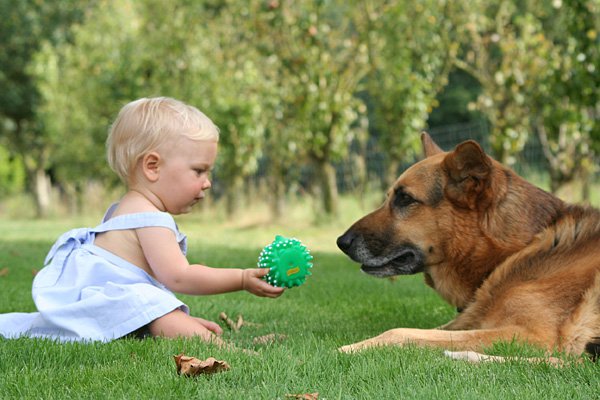
In a time when "always be prepared" is a mantra repeated by everyone, pet owners would do well to take up that mantra as well. Though many dog owners keep surplus dog food lying around the pantry or always carry plastic bags everywhere they go, few even think to keep a first aid kit in case their companion is injured. A shoebox's worth of items can mean the difference between life and death for an animal, and most items can work equally well on humans too.
Given their generally voracious and heedless nature, most emergencies for dogs will involve toxins and similar problems. The basic tool for first aid in this case is a large needle-less syringe. The medicine that you need to put into your dog is loaded into the syringe and then you squirt the medicine into the dog's mouth or into the dog's anus, depending on what chemicals are being used.
One important chemical in a canine first aid kit will be hydrogen peroxide in liquid form, which can be used both to induce vomiting (in case a dog eats or drinks something dangerous and purging it from the dog's system fast is essential) and to clean wounds, but make sure you get only 3% hydrogen peroxide if you're going to be placing it in a first aid kit.
Other potentially important chemicals (also in liquid form) to stock up on include: Anti-histamines (to counter act allergic reactions in dogs), activated charcoal (to treat poisonings), laxatives (to treat constipation in dogs and subsequently help the owner get some sleep knowing that their pet isn't holding it in any longer) and anti-diarrhea medication (to treat diarrhea and salvage the owner's floors).
Bandages are basic essentials, as dogs do tend to run into some cuts and scrapes that need blotting or protection. Get plenty of different sizes and shapes, as well as some long rolls, so that you can help stop bleeding, and also pick up a pair of scissors and some tape to cut the pieces and secure them properly. Remember, dogs don't like to be restrained so a bandage needs to be well-secured so your pet doesn't pull it off with his teeth. Try to avoid putting tape on his fur, though, and instead wrap the tape around the gauze.
The last category of vital items is a set of odds and ends that could still be of great use. An antibiotic ointment that can be applied to the skin (often called topical ointment), such as Neosporin, should be applied to most external wounds to prevent infection and speed up the healing process. A pair of tweezers, for removing things like thorns and insect stingers, may not find much use but will be a life saver if needed. Similarly, an ice pack and a heat pack will go a long way towards treating hypothermia and heat stroke, respectively. The heat pack can also be applied to sprains and contusions on man and beast alike.
Once you've carried out first aid treatment on your pet, it's important to take your dog to the veterinarian as quickly as possible. There are some things that don't require the attention of a professional, but trying to treat more severe cases at home isn't advised. Poisonings and flesh wounds need a veterinarian's skill to make sure your dog gets proper care. A first aid kit is best used for quick intervention when you need to stabilize your pet so you can bring him to the doctor's.
 Expert Veterinarians for your lovely pets in Port Coquitlam
Expert Veterinarians for your lovely pets in Port Coquitla
Expert Veterinarians for your lovely pets in Port Coquitlam
Expert Veterinarians for your lovely pets in Port Coquitla
 Find Vital Pet Vaccines at Mansfield Animal Hospital
Find Vital Pet Vaccines at Mansfield Animal Hospital
Find Vital Pet Vaccines at Mansfield Animal Hospital
Find Vital Pet Vaccines at Mansfield Animal Hospital
 Breeding From Your Dog - Delivering The Puppies
Breeding From You
Breeding From Your Dog - Delivering The Puppies
Breeding From You
 Pet Insurance : The Technicalities
Pet Insurance : T
Pet Insurance : The Technicalities
Pet Insurance : T
 Five Of The Most Commonly Misunderstood Dog Breeds
Five Of The Most
Five Of The Most Commonly Misunderstood Dog Breeds
Five Of The Most
Copyright © 2005-2016 Pet Information All Rights Reserved
Contact us: www162date@outlook.com